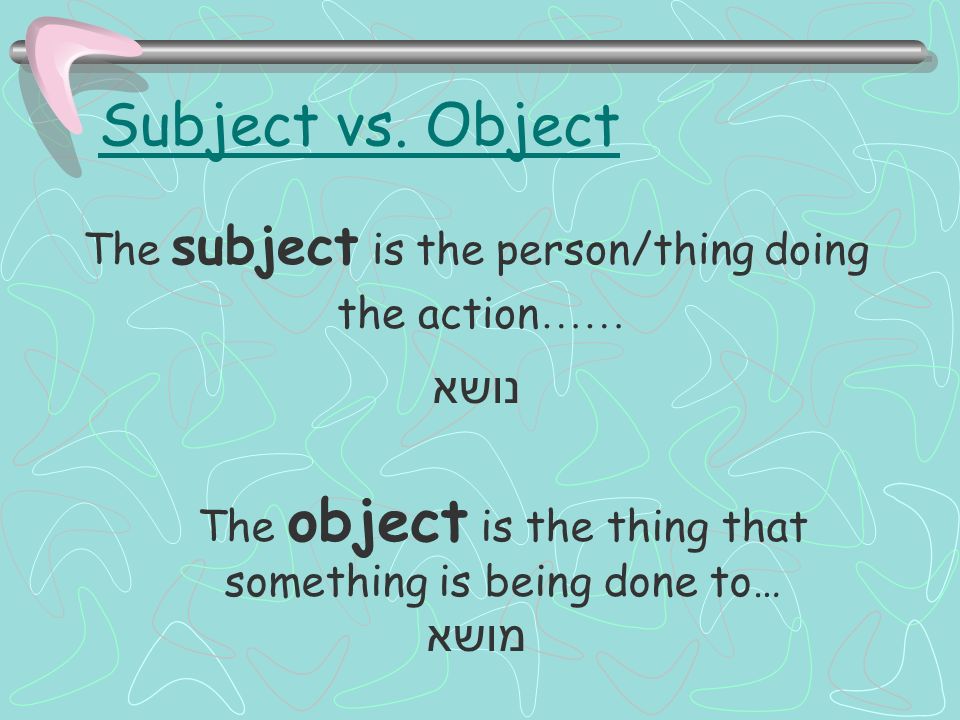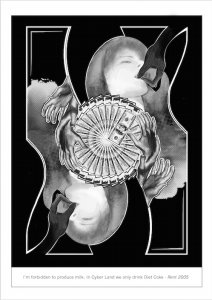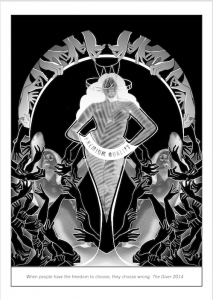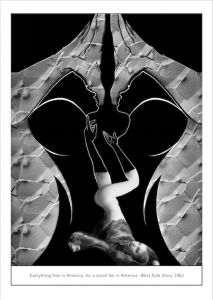Today I explore and rebuke the sexual propaganda of capitalist ideology.
In our society where capitalism is fundamentally entrenched, I’ve noticed a vicious weaponization of sexuality to sell insidious messages, feeding the masses propaganda like consumerism to keep us obedient and unaware of the trappings of the capitalist system. This is particularly evident in advertisements.

Instead of marketing the product by emphasising on its inherent value, advertisements have grotesquely twisted the natural human sexuality into an object of desire, pandering to the basest human desire to sell their products. By association with the seductiveness of the sexual images, the idea which the sexualised image is trying to sell becomes alluring too. Through seemingly innocuous and cheeky enjoyment of naughty images, we are shoved the love for materialism and hyper-consumerism, where consumers are encouraged to buy more than they really need just to show it off, trapping us in the capitalist mechanics of society by our own obfuscation. By pandering and exploiting our ideals of class-consciousness, they fuel conspicuous consumerism.
Good advertisement does not just circulate information.
It penetrates the public mind with desires and belief.
-William Bernbach
The image of the woman is used as a symbol of capitalist ideology, precisely apt because she is the image of constant obsession and fixation in advertising media. She is objectified, oppressed, liberated and empowered by the capitalist media. She is the subject, the object and the moving force in forming desire, existing in the liminality between muse and masterpiece. Media’s utmost constant fixation on the female causes her to become a reflection of what capitalist ideology strives towards.

The woman is depicted in various salacious and provocative poses, but never in a helpless tone. It reinforces that the woman is a unique identify with personal liberties and power, viciously weaponising her sexuality as a means to power. Sensual factors are played up and ever constant, reflecting on the jarring, intent to catch attention via the shock factor. Women’s natural sexuality is been perverted by the capitalist lens into a way of advertisement, appealing to the lowest common denominator to further the capitalist regime.
Dadaism is more of an intellectual style rather than an artistic one, thusly there aren’t many distinct stylistic preferences which define it. Dadaism came as a rebellious rejection of the authority of previous schools and mainstream styles of aesthetiscm. It was also a rejection and response to bourgeoise capitalism. I took stylistic inspiration for my artworks from the distinctive Art Nouveau and advertisments, which were used to create alluring images suggestive of meaning to us, tempting us. By using the style of art nouveau, characterised by flowing lines, to depict a meaning that is inherently anti-capitalism, I subvert the meaning of the bourgeoise style n favour of dadaist ideals.
Stylistically, I was inspired by my research on Theo van Doesberg. His style of constructivism which presents itself in clean lines and curves direct the viewer’s eye, creating a sense of elegant movement and direction. Sexualising the natural body creates an almost sinful, hypnotic images. The leading lines and play in symmetry create lines of movement for our eyes to follow.
In my works, I’ve consistently implemented symmetry and gestalt to create a sense of unification in my artworks, bring up a sensuous quality in the linework. Sensual factors are played up and ever constant, reflecting on the jarring, intent to catch attention via the shock factor.
The curving lines create leading lines for the eye to follow, giving the piece a hypnotic feel. The woman and cash are both prominent symbols of rewards in the capitalist system, representing the hedonistic view of happiness of the capitalist ideology. Our eyes travel through the seductive image and cyclical image of money in a smooth progression, reflecting how we are easy to accept what we see as natural and part of the status quo. The images of hands reaching towards the scintillating beauty and the money reinforce the idea that both are incredibly desirable, drawing us in with their desirability. These objects of desirability appeal largely to our sense of class consciousness and entrance us, obfuscating us from the actual state of our illusionment. This obfuscation is represented by the puzzle like framing. The curvilinear framing of the entire piece reflects the shape of a puzzle, evoking how we are only viewing one element of the puzzle, and blinded from the entire picture and unaware of how we are manipulated.
- Joy states that the shape of the puzzle is not evident, should emphasize the shape of the puzzle to make it more recognizable for clearer symbolism.
This piece is strongly evocative of advertisements which aimed to evoke the authority and prestige of high art. The arch, for instance, aims to reflect the ancient Roman arches, attempting to give the piece an air of superior antiquity. Yet, the most of the piece evidently subverts the artistic style choice and it works to reveal the true nature and meaning of the artwork.
Our hands all grapple with the images of scintillating beauties, as if grasping hard for the trophies of capitalist merits, and in turn lusting hardly after the capitalist ideology. However, the woman, representing the capitalist idea, is presented in a strong manner, highly poised. Her personal liberties and power are emphasised as she is shown to be higher in stature than the people grasping after her. Even her damsel-like pose is subverted by the presence of the deceptive eye and tongue. The string above the center lady’s face is a cats cradle, a game where string is manipulated into a maze of shapes. This forms a mask above her face, emphasising the meaning of deception and manipulation. The lady in the centre is also an abstract representation of the Heineken bottle, as shown from the abstract label of “Superior Quality” on her body, proving how the capitalist society uses images of sexuality as a weapon to suggest consumerism to us. Thoroughly, this piece subverts conventional, respected aesthetic prevalent in the capitalist market, revealing the sinister workings of how capitalism weaponizes sexuality as a means to promote its ideology.
The third piece comes as more of a reflection on the insidiousness and reveals the negativity of the insidious capitalist society. Through the more disjunct use of textures and lines, this piece looks inherently more dada-istic and critiques the constant over-sexposure in capitalist propaganda.
The woman in the picture lies downfallen and helpless admit the mass of seductive imagery. This is displaying how we, like the woman have sold our personal integrity and choices in exchange for the suggestive benefits the capitalist system promises us, reflecting our state of disempowerment as our personal freedoms of choice are constrained heavily by the capitalist system of disenfranchisement. Yet we are too blind or helpless to extricate ourselves from our (un)knowing complicity, and step towards our personal freedom. The hands grasping at empty negative space further the consensus of our personal helplessness and further illustrate that the promises that the capitalist ideology promise are illusionary.
- Joy reflects that the texture of the nipples was too garish and distracting
- The gestalt technique used for the heads were not looking to anything in particular, thusly a waste of potential. I originally thought of making them look towards the female genitalia in the negative space in between the palms, increasing the entire aspect of the weaponization and perversion of sexuality. Joy reflects that its good to go all the way and make it clearer.
We, consumers, are also not removed from the blame. Our constant fixation with instant gratification, and demand for advertising media that entertains us, crippling the integrity of the industry. However, as we choose to whine about the current state of affairs, we are an integral part of the equation as advertising panders to prevailing societal attitudes and tastes.
These pieces reflect how advertisements are always portrayed as very seductive and alluring, thusly pandering to our basal wants and convincing us to purchase that product. Through the artworks, I hope to encourage organic thought that will liberate us being needlessly fooled by capitalist advertisings.
- Completed at 1145, 23/10/2017, but only finished updating and uploading by 0010, 24/10/2018, due to internet connectivity issues. Please forgive me and give me some allowance



